Graphite is a naturally occurring mineral pigment, a form of carbon, which occurs in geological environments which have undergone high temperature metamorphism or where there has been precipitation of elemental carbon from fluids. Vein carbon deposits are regarded as exceptionally pure. Graphite has been used as the main pigment for pencils. A lode of graphite was discovered in Seathwaite in the English Lake District in the 16th Century, when it was assumed to be lead (plumbago) because of it’s sub-metallic, silver grey lustre. Graphite has a very high specific heat capacity (as opposed to the metal lead), so it was initially used for moulds for casting cannon balls. The graphite pencil was exclusively manufactured in Britain because of the particular quality of the Seathwaite deposits, but they were relatively rare. The uniqueness of the Seathwaite deposit was that it could be sawn into square-section rods which could be used for drawing. Most artists and draughtsmen were using silverpoint for drawing at the time and this continued to be used until the mid 19th Century when the ruction of graphite pencils became universal.
For World Pigment Day, artist Sarah Needham wrote about a graphite pigment made from graphite rods used in the steel-making industry.
 “I’m really interested in the way that pigments leave traces of our history and human interconnectedness across time and geography. The pigment in these videos is graphite, recovered from graphite rods my Uncle bought at auction when the steel works in a North Yorkshire town were closed down. This is a particular incidence of history that is close to my very own personal history, firstly because my uncle found them, and secondly because on the other side of the family there is a history of stainless steel cutlery making. The industrial graphite took some pounding to get into powder form and I did this by covering it in a cloth before pounding it.
“I’m really interested in the way that pigments leave traces of our history and human interconnectedness across time and geography. The pigment in these videos is graphite, recovered from graphite rods my Uncle bought at auction when the steel works in a North Yorkshire town were closed down. This is a particular incidence of history that is close to my very own personal history, firstly because my uncle found them, and secondly because on the other side of the family there is a history of stainless steel cutlery making. The industrial graphite took some pounding to get into powder form and I did this by covering it in a cloth before pounding it.
More often I look for pigments that play a role in historical events which have resonance with current events. For example my recent collection From Alchemy to Chemistry uses pigments that were synthesised as a result of chemical analysis, to replace older natural pigments, in the industrial revolution. The connection being an era when technological change revolutionised our ways of being, living, doing and seeing…just like the technological revolutions of
today.”
 What exactly are graphite rods? They are used in the steel industry for a stainless steel making technique called the electric arc furnace (EAF) process and for refining the final product (turning steel into stainless steel) in blast furnace processes. The latter were those most probably used by Sarah’s ancestors. Graphite rods are used as electrodes as they can carry huge amounts of electric current. They are made by mixing graphite and pitch and then placing this mixture into tubular moulds. These are then heated so that the pitch turns to coke, this mixture is then heated to extremely high temperatures, in modern process, these are typically 3,000 °C, so that the entire mix of hydrocarbons is reduced to pure graphite.
What exactly are graphite rods? They are used in the steel industry for a stainless steel making technique called the electric arc furnace (EAF) process and for refining the final product (turning steel into stainless steel) in blast furnace processes. The latter were those most probably used by Sarah’s ancestors. Graphite rods are used as electrodes as they can carry huge amounts of electric current. They are made by mixing graphite and pitch and then placing this mixture into tubular moulds. These are then heated so that the pitch turns to coke, this mixture is then heated to extremely high temperatures, in modern process, these are typically 3,000 °C, so that the entire mix of hydrocarbons is reduced to pure graphite.
Follow Sarah Needham on Instagram.

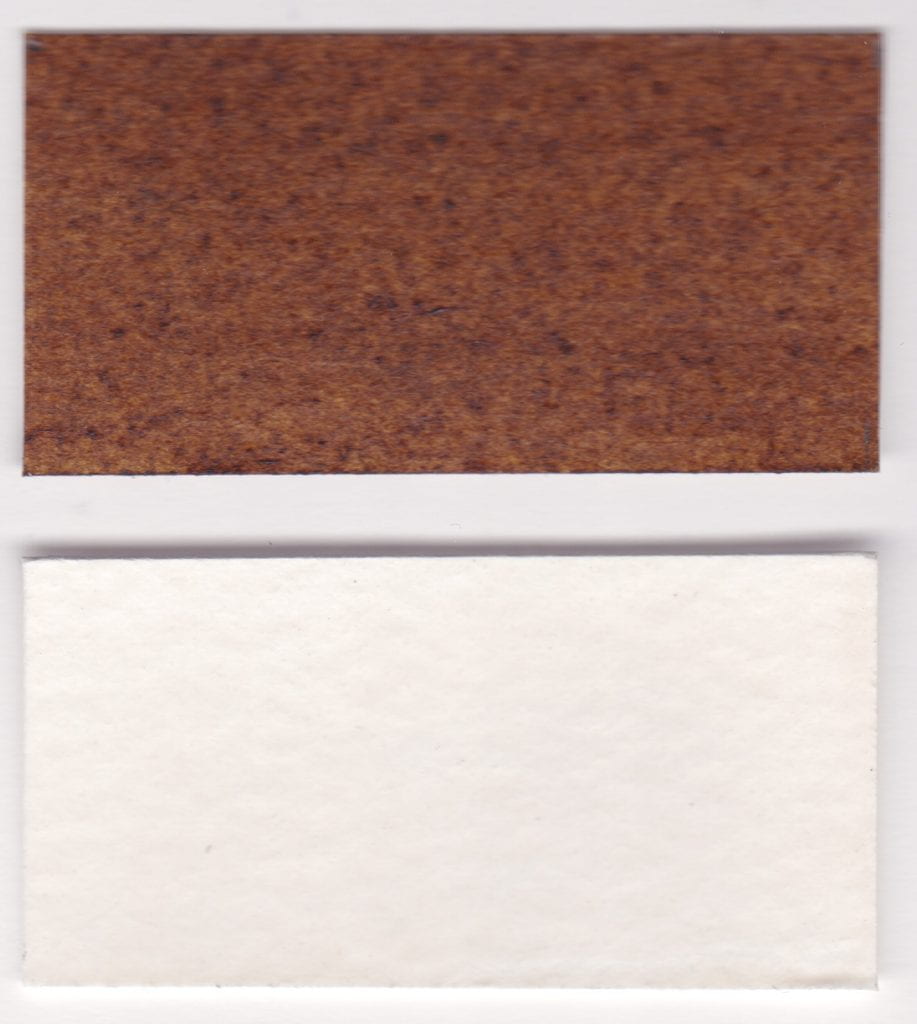
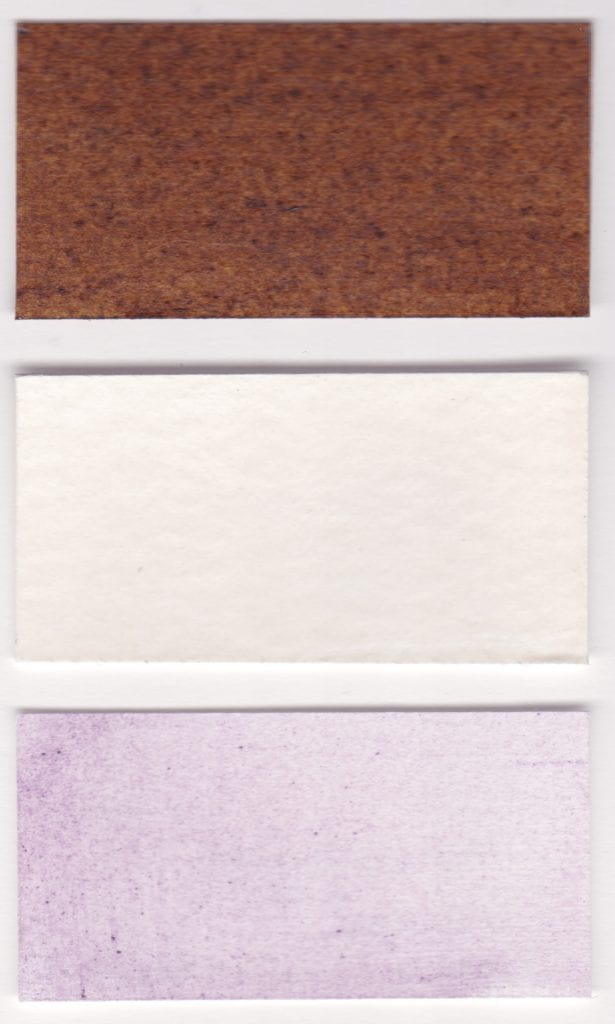




 Close
Close



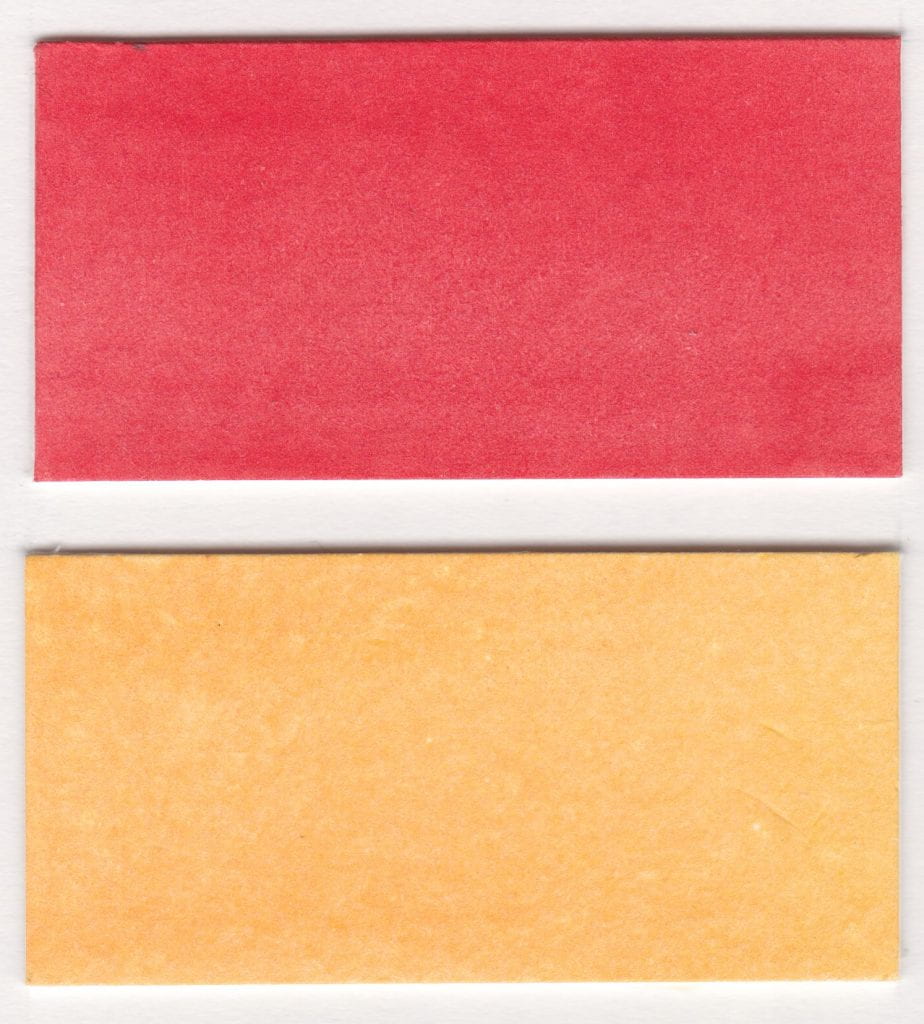

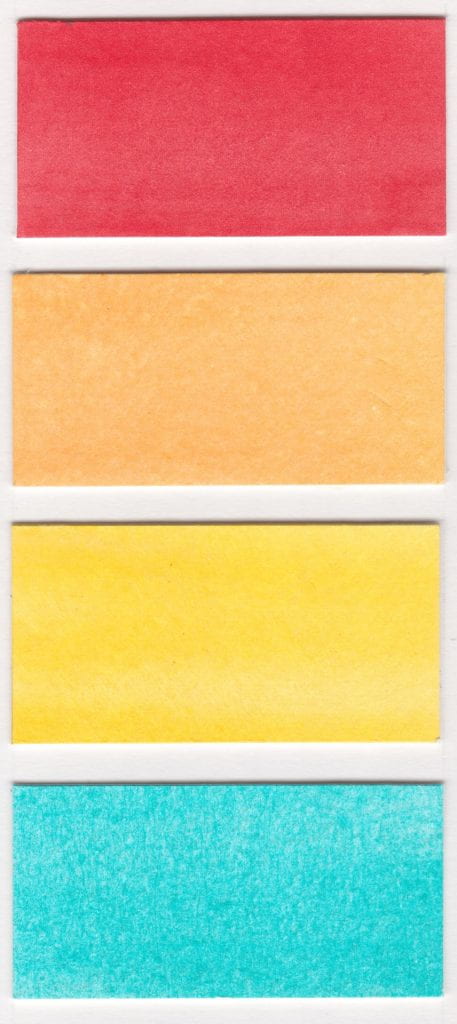



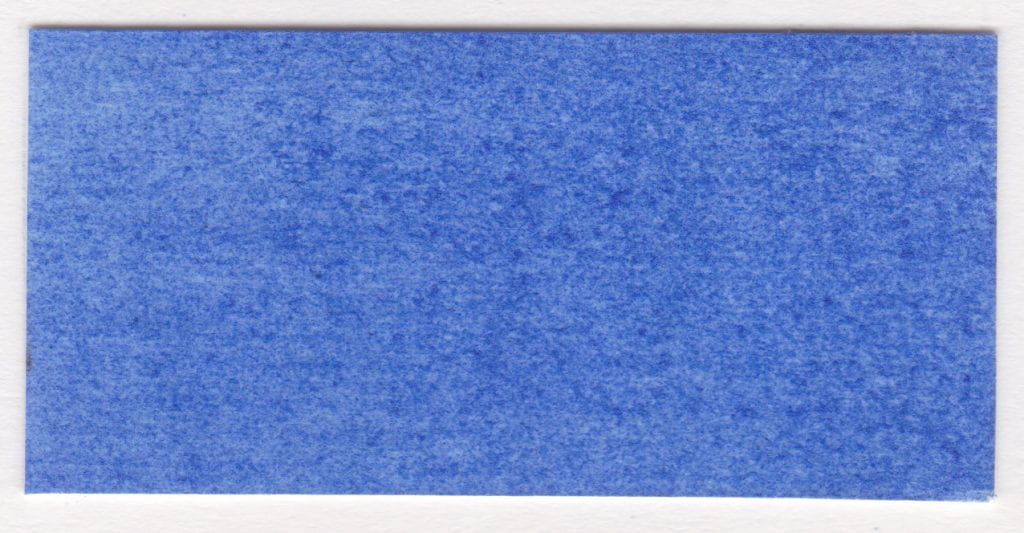


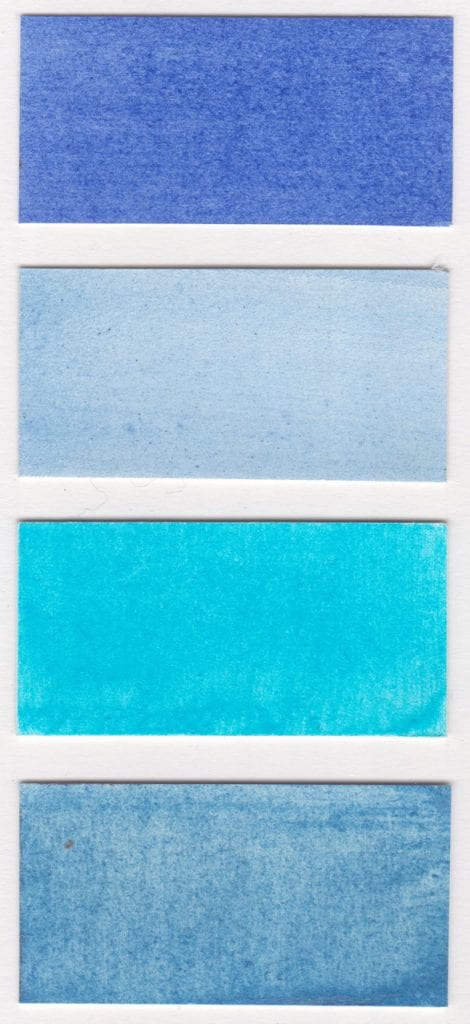
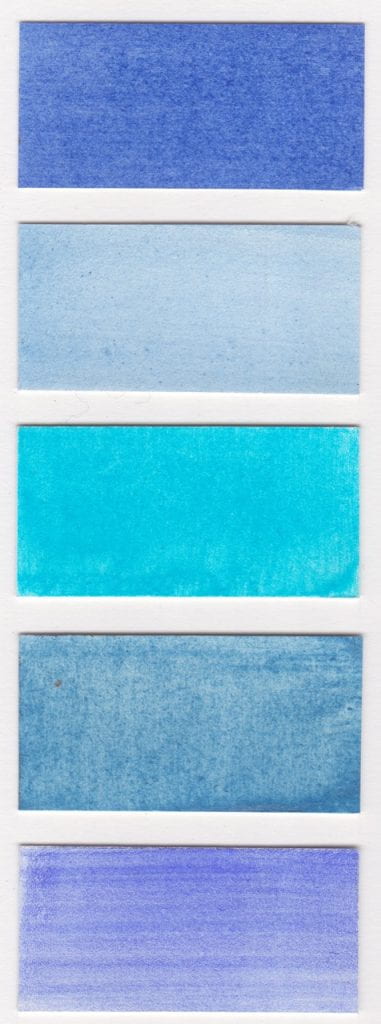



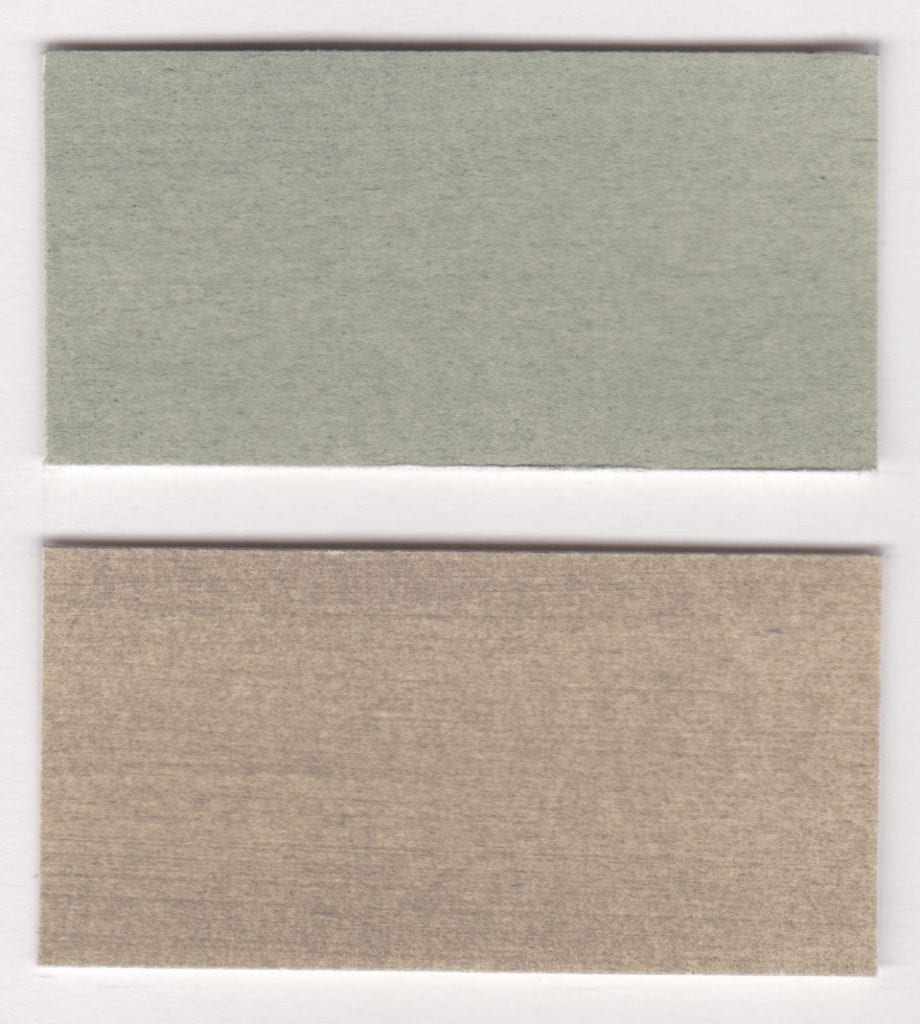












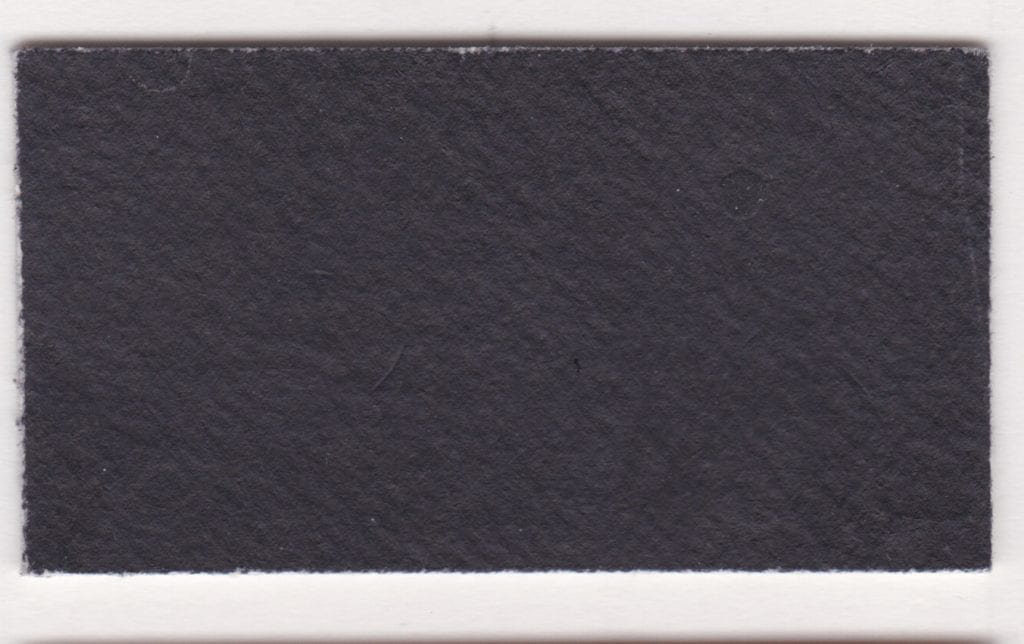


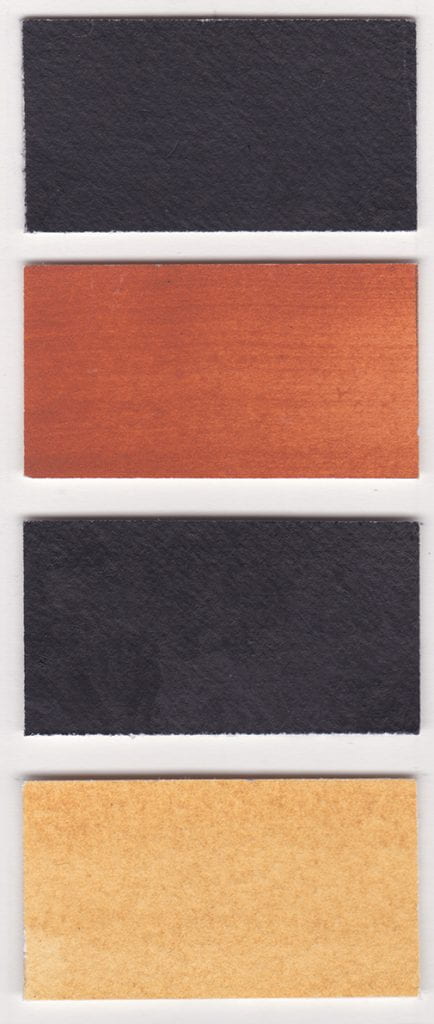









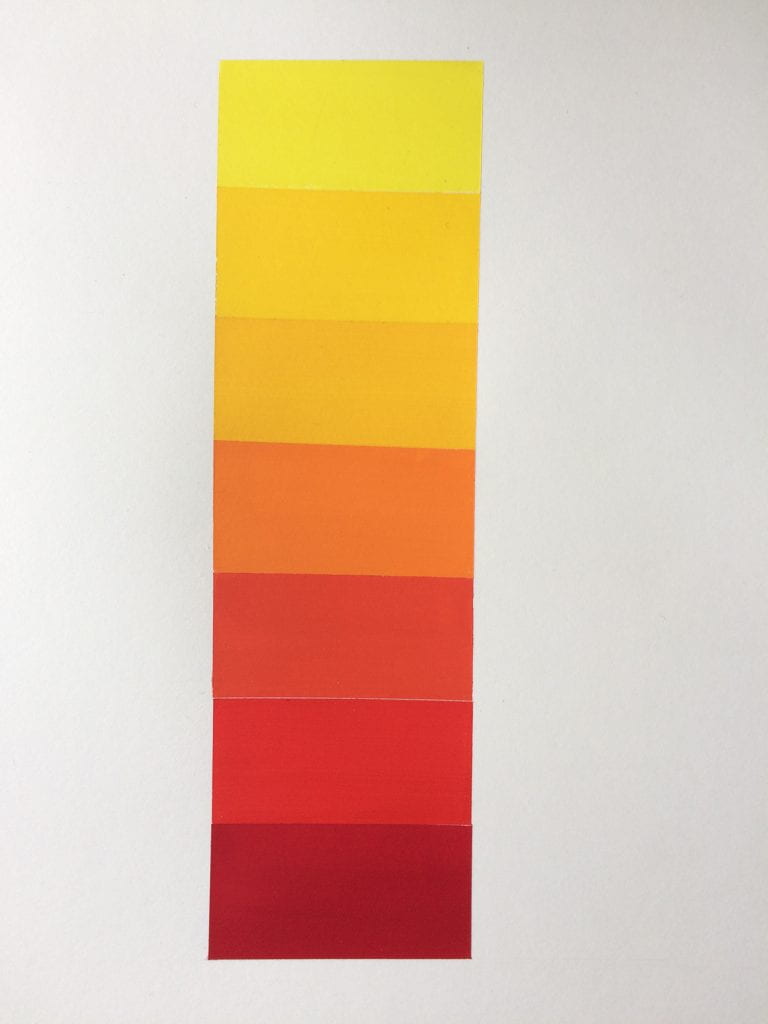
 “I’m really interested in the way that pigments leave traces of our history and human interconnectedness across time and geography. The pigment in these
“I’m really interested in the way that pigments leave traces of our history and human interconnectedness across time and geography. The pigment in these  What exactly are graphite rods? They are used in the steel industry for a stainless steel making technique called the electric arc furnace (EAF) process and for refining the final product (turning steel into stainless steel) in blast furnace processes. The latter were those most probably used by Sarah’s ancestors. Graphite rods are used as electrodes as they can carry huge amounts of electric current. They are made by mixing graphite and pitch and then placing this mixture into tubular moulds. These are then heated so that the pitch turns to coke, this mixture is then heated to extremely high temperatures, in modern process, these are typically 3,000 °C, so that the entire mix of hydrocarbons is reduced to pure graphite.
What exactly are graphite rods? They are used in the steel industry for a stainless steel making technique called the electric arc furnace (EAF) process and for refining the final product (turning steel into stainless steel) in blast furnace processes. The latter were those most probably used by Sarah’s ancestors. Graphite rods are used as electrodes as they can carry huge amounts of electric current. They are made by mixing graphite and pitch and then placing this mixture into tubular moulds. These are then heated so that the pitch turns to coke, this mixture is then heated to extremely high temperatures, in modern process, these are typically 3,000 °C, so that the entire mix of hydrocarbons is reduced to pure graphite.